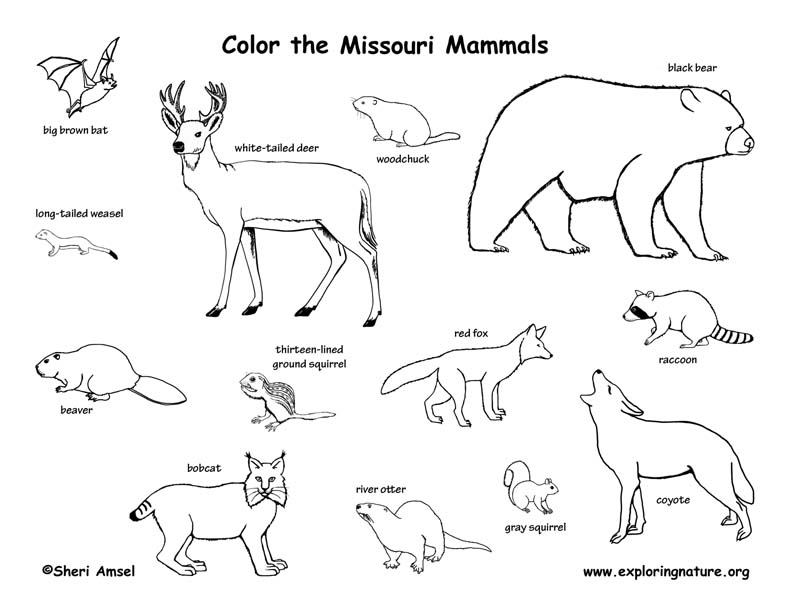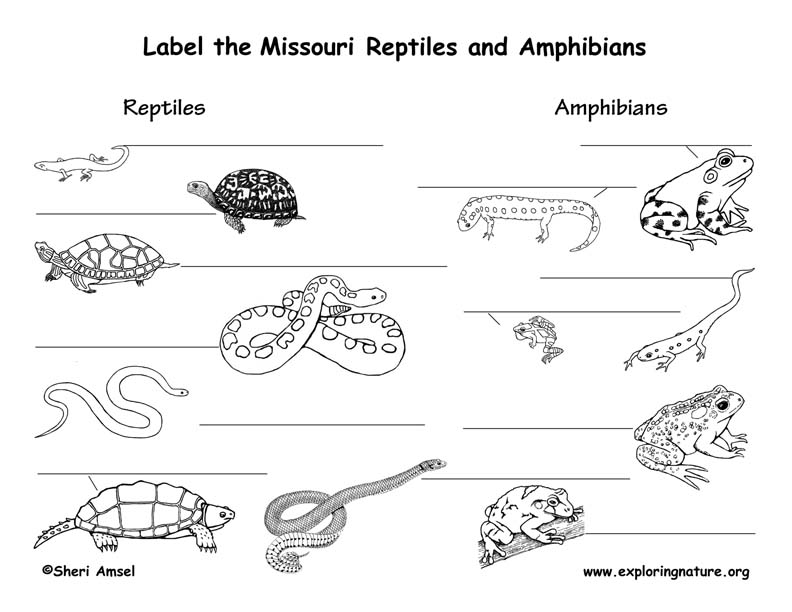

Forest
Missouri has more than 14 million acres of forest covering about 1/3 of the state, much of it in the southern Missouri Ozarks. Only 15% of Missouri's forest is owned by the state and federal government (Mark Twain National Forest is a large part of the federal holding). Yet, this is a replanted forest as Missouri's original forest was completely "logged out" by 1920. It is a common story in all the forested states. Early settlers arrived in Missouri in the early 1800s and started to slowly cut trees for homes, farms, and roads. As the population grew, trees were cut to export as lumber or as fuel for riverboats on the Mississippi River powered by great steam engines.
After the Civil War, lumber was needed for rebuilding and Missouri's remote pine forests were logged. It wasn't easy because the forest was steep and rugged, but so were the early lumberman who built "narrow-gauge railroad track into the steep hills and hollows of the wilderness." Lumber was cut and extracted on these rails and down rivers. It took a little over 40 years, but by 1930 the vast pine forests were completely gone. With no forest cover to protect it, the soil washed away clogging streams and rivers and the wildlife disappeared.
In the early 1930s, the federal government began buying the ruined forest land in Missouri to preserve it for future National Forest. In all, they bought 1.5 million acres. In 1936, Missouri created a Conservation Commission with a forestry division.
With help from the Civilian Conservation Corps (CCC), federal and state foresters began planting seedlings. Education programs taught landowners to replant and maintain forests. Today, 3/4 of all Missouri's forest trees are oak or hickory.
Grasslands
Before the settlers came to Missouri, 15 million acres of tallgrass prairie covered more than 1/3 of the state - mostly in the northern half and western edge of Missouri. Tallgrass pairs grew grasses that were often taller than 8 feet. Now it is estimated that less than 1% (75,000 acres) of it is left. Of that, only 22,000 acres are open to the public. The rest is privately owned. Though the bison and elk of the original prairie are gone, many small mammals, birds, amphibians reptiles and insects are still found there.
Not all prairie is tallgrass. In the northwestern corner of Missouri in and along the Missouri River floodplain there are steep hills covered in grass called loess hill prairie. These are shorter grass prairies, but still home to many wildflowers and animals.
Other kinds of prairies in Missouri are mesic prairies. These get enough rain to stay moist all summer so have tall, rich grasses and wildflowers. They are located in draws and on lower slopes so have not been tilled under for farms. Dry-mesic prairie is the most common of the remaining prairies because they are too rocky and infertile to have been plowed under for farms. They have arid wildflowers and grasses that grow from 4-6 feet tall. Wet prairies are found along wetlands and floodplains and are very wet throughout the summer. They have water tolerant wildflowers like swamp milkweed, blueflag, sedges and rushes.
Wetlands
The floodplain of the Mississippi River was once all wetlands – marsh, swamp and riparian forest (bottomland). This was called the Mississippi Alluvial Basin. In the more than 200 years since European settlers came, the Mississippi River Alluvial Basin has been drained and developed into farms and towns. The fact that these areas occasionally experience severe flooding is a result of the floodplains role in river ecology.
Amphibians
Reptiles
When you research information you must cite the reference. Citing for websites is different from citing from books, magazines and periodicals. The style of citing shown here is from the MLA Style Citations (Modern Language Association).
When citing a WEBSITE the general format is as follows.
Author Last Name, First Name(s). "Title: Subtitle of Part of Web Page, if appropriate." Title: Subtitle: Section of Page if appropriate. Sponsoring/Publishing Agency, If Given. Additional significant descriptive information. Date of Electronic Publication or other Date, such as Last Updated. Day Month Year of access < URL >.
Amsel, Sheri. "Missouri Habitats, Mammals, Birds, Amphibians, Reptiles" Exploring Nature Educational Resource ©2005-2024. December 13, 2024
< http://www.exploringnature.org/db/view/Missouri-Habitats-Mammals-Birds-Amphibians-Reptiles >








